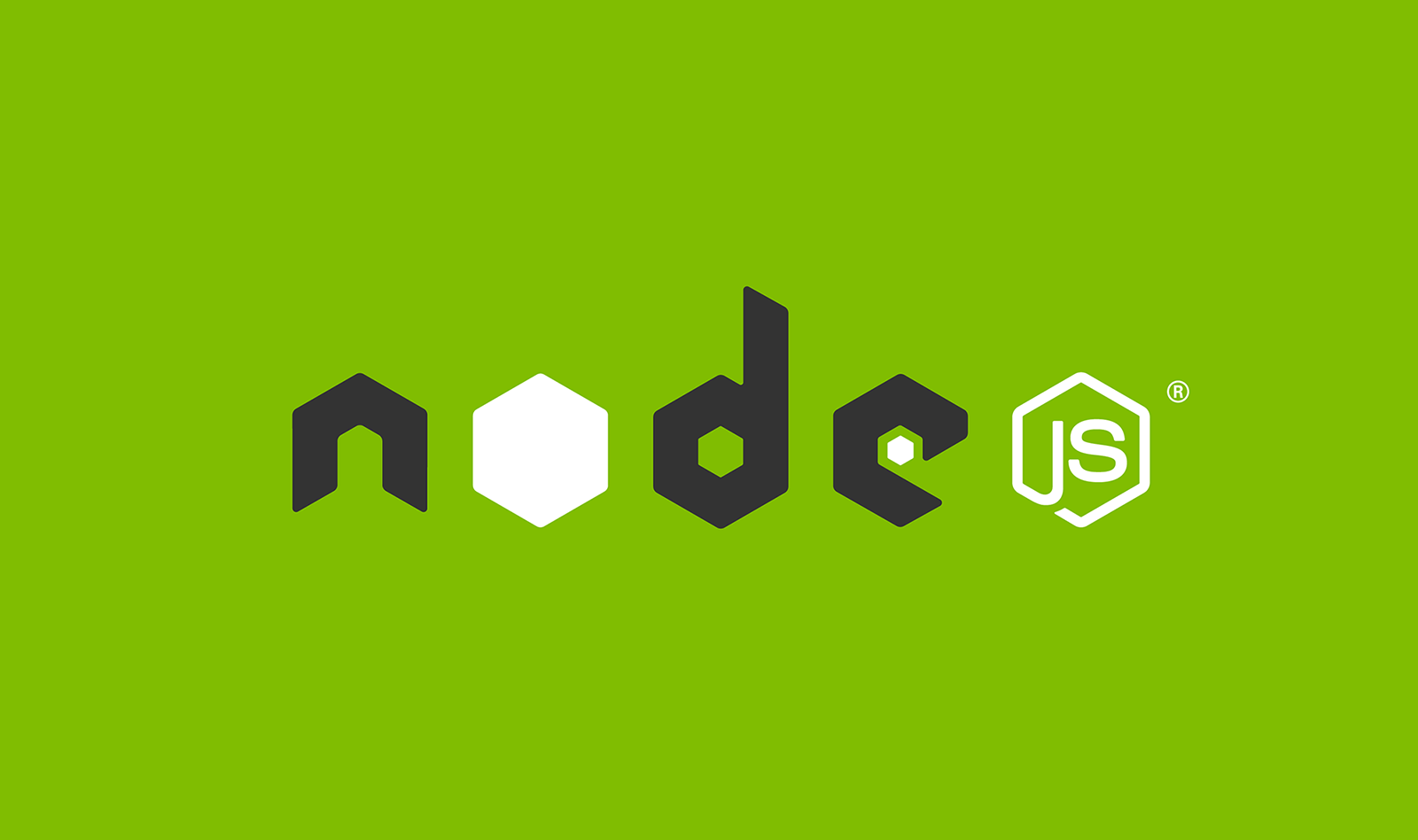Introduction
In the evolving world of web development, Node.js has become one of the most powerful technologies driving modern web applications. It has transformed how developers build scalable, fast, and efficient back-end systems. Whether you’re creating APIs, real-time applications, or microservices, Node.js offers the speed and flexibility needed to meet modern performance standards.
This blog explores what Node.js is, why it’s essential in today’s tech ecosystem, and how it empowers developers to build high-performance applications.
Table of Contents
What is Node.js?
Node.js is an open-source, cross-platform JavaScript runtime environment built on Google’s V8 engine. It allows developers to run JavaScript on the server side, outside the browser. Before Node.js, JavaScript was primarily used for client-side scripting, but this technology extended its capabilities to the back-end.
Node.js introduced the idea of using a single language JavaScript across both the front-end and back-end, enabling full-stack development with ease.
Key Features of Node.js
Node is designed for speed, scalability, and simplicity. Some of its standout features include:
1. Non-blocking and Asynchronous I/O
Node uses an event-driven architecture, allowing multiple operations to run simultaneously without waiting for others to complete. This makes it perfect for applications requiring high concurrency, such as chat apps or streaming platforms.
2. Single Programming Language
Developers can use JavaScript for both client-side and server-side programming, leading to cleaner, more consistent, and faster development.
3. NPM (Node Package Manager)
Node includes NPM, one of the largest open-source package ecosystems in the world. Developers can install, share, and manage libraries effortlessly, saving time and boosting productivity.
4. High Performance
Powered by Google’s V8 engine, Node converts JavaScript directly into machine code, delivering outstanding speed and efficiency.
5. Cross-Platform Support
Node.js works across Windows, macOS, and Linux, allowing developers to build applications that run everywhere.
Why Node is So Popular
Node has become the backbone of many leading companies like Netflix, Uber, LinkedIn, and PayPal. Its growing popularity can be attributed to several factors:
- Real-time application support: Node.js excels at handling real-time data, such as in chat systems or live streaming.
- Microservices architecture: It fits perfectly for distributed and scalable systems.
- Fast development cycles: Using JavaScript across the stack reduces context switching and improves developer productivity.
- Massive community support: Thousands of libraries and frameworks built around Node.js make it easier to develop any type of application.
Node.js in Real-World Applications
Node is incredibly versatile and can be found powering a wide range of solutions including:
- Web servers and REST APIs using frameworks like Express.js
- Real-time chat applications like WhatsApp clones and collaborative tools
- Streaming services such as Netflix
- IoT systems where lightweight performance and concurrency matter
- Command-line tools and automation scripts
Its lightweight event-driven model makes it a great choice for applications needing fast response times.
Getting Started with Node
To begin working with Node, follow these steps:
- Install Node.js: Download and install it from nodejs.org.
- Create a Project: Initialize a new project by running
npm init -y - Build a Simple Server:
const http = require("http"); const server = http.createServer((req, res) => { res.writeHead(200, { "Content-Type": "text/plain" }); res.end("Hello, Node.js!"); }); server.listen(3000, () => console.log("Server running on port 3000")); - Run the Server: Execute
node app.jsand visit http://localhost:3000 in your browser.
You now have a simple server running with just a few lines of code.
Best Practices for Node Development
To make your Node applications secure and efficient, follow these best practices:
- Always handle asynchronous code properly with Promises or Async/Await.
- Use environment variables for sensitive configurations.
- Keep dependencies updated and check for vulnerabilities with tools like npm audit.
- Optimize your app with caching and clustering for better scalability.
- Use frameworks like Express.js or Fastify for cleaner routing and middleware management.
SEO and Performance Optimization
While Node primarily handles the server side, it plays a key role in improving site speed and overall SEO performance. Frameworks like Next.js use Node under the hood to enable server-side rendering (SSR) and static site generation (SSG), making your web apps fast and SEO-friendly.
For further learning, explore Next.js and Express.js to see how Node.js enhances both backend performance and frontend optimization.
Conclusion
Node.js has redefined the way developers think about web development. By allowing JavaScript to run on the server, it bridges the gap between front-end and back-end programming. Its lightweight, scalable, and high-performance nature makes it a favorite among developers and enterprises alike.
Also Check React.js – Ultimate Power Behind Modern Web – 2025










